
- On February 1, 2023
8 Types of Pollution Lurking in Your Home
Nobody wants to think of inhaling bits of an insect wing. Yet, biological contaminants are one of eight types of indoor air pollutants Phoenix homeowners deal with every day. These pollutants can cause serious health problems, which is why it’s critical that homeowners understand them and take necessary precautions to avoid them.
To ensure you are informed and safe, keep reading for more examples of indoor air pollutants you should know about.
Radon
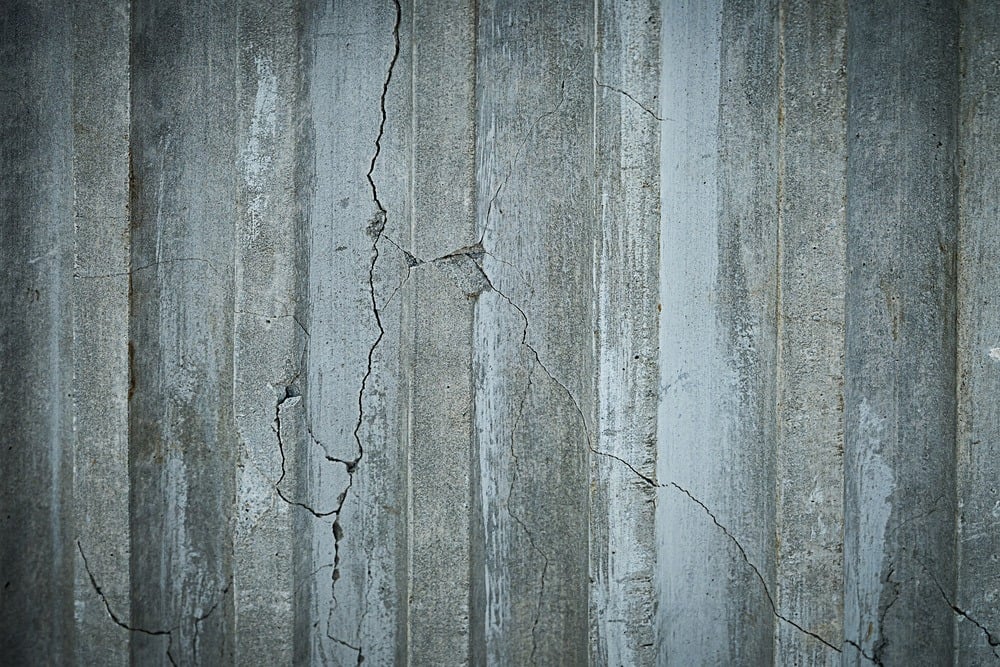
The radioactive element radon percolates up through the earth itself as an odorless, colorless, tasteless, invisible gas. Radon must be ventilated to prevent harmful buildup in your Phoenix home. An HVAC professional can perform tests to detect radon in your home. According to Everyday Health, radon forms when uranium in water, soil, and stones breaks down and forms a gas. Radon gets into your home through cracks in walls and flooring, warm air rising, space around piping, fireplaces, furnaces, exterior ventilation, and concrete joints.
Volatiles
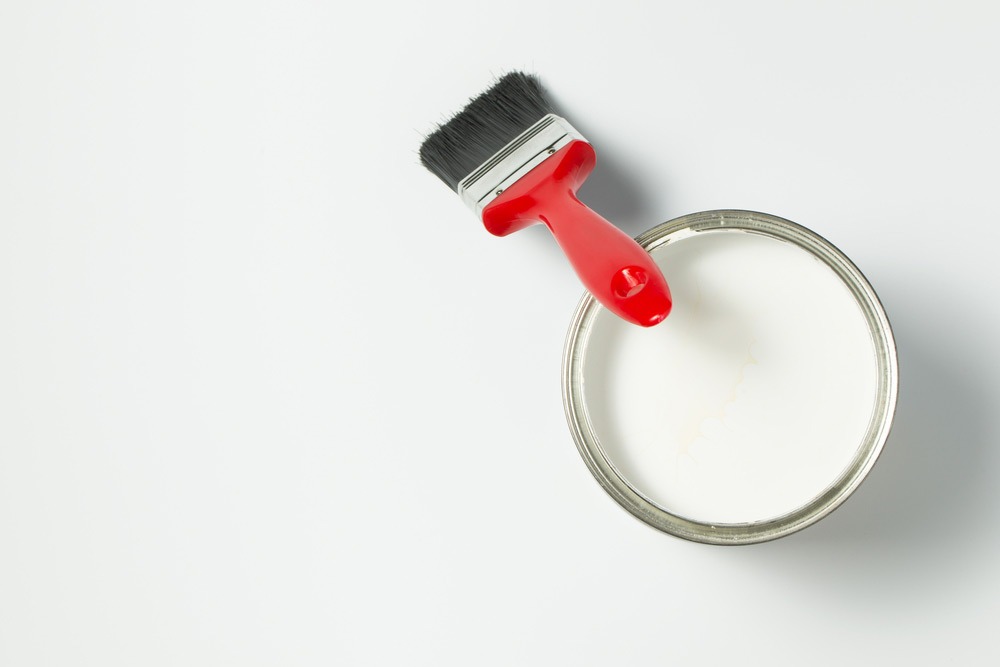
Volatile organic compounds (VOCs) get into your air from paints, cleaning products, glue, pesticides, home printers, hairspray, permanent markers – even fabrics and upholstery. An HVAC technician can discuss high-efficiency air filters for these.
Formaldehyde
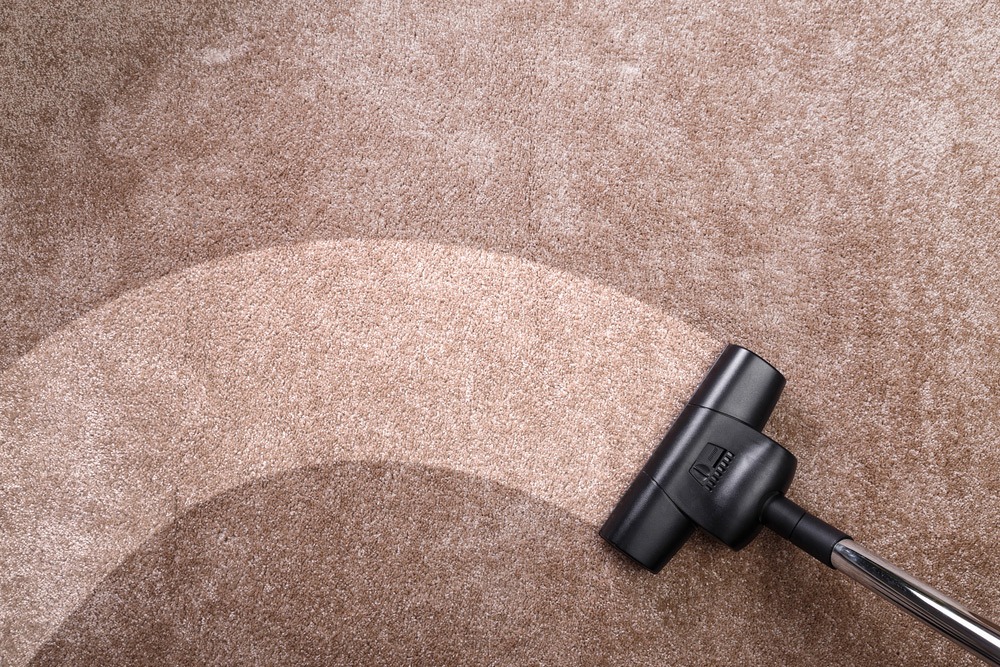
This chemical is used in flooring, carpets, upholstery, curtains, compressed wood furniture and more that can affect your respiratory and immune system. Not even your HVAC technician can eliminate formaldehyde with filtration. Your house needs good ventilation and possible removal of the source.
Tobacco

If someone in your home smokes cigarettes, cigars or pipes, chances are your home is heavily polluted with compounds and chemicals from the tobacco. Removing this class of indoor air pollutants calls for high-quality air filtration and either HEPA or deep-media filters. Make your home smoke-free.
Nitrogen Oxide

Nitrogen oxide (NO) and nitrogen dioxide (NO2) are products of poor combustion; they irritate lungs and mucus membranes (eyes and mouth). Like radon, these must be ventilated out and their sources removed to avoid serious health consequences. Sources include ovens, stoves, improperly installed vented appliances, kerosene heaters, welding, and tobacco smoke.
Particulates
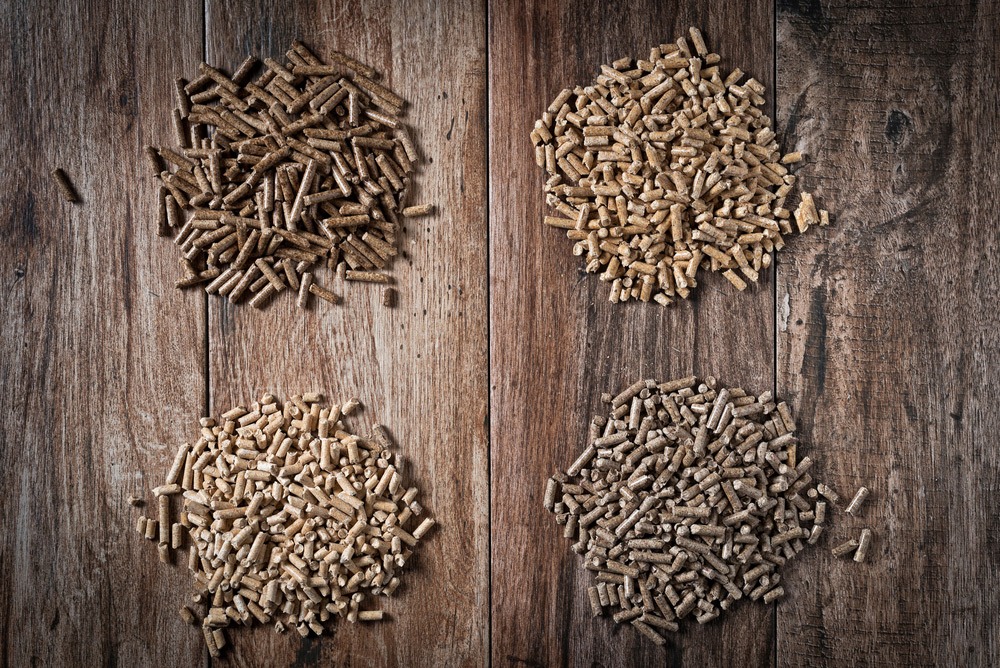
If you use alternative heating sources, such as coal, wood pellets, or a wood stove, some smoke gets into your air every time it’s used. The particulates in the smoke can fly into the air and into your lungs. Air purification and furnace filtration will reduce these lung-damaging particles.
Carbon Monoxide
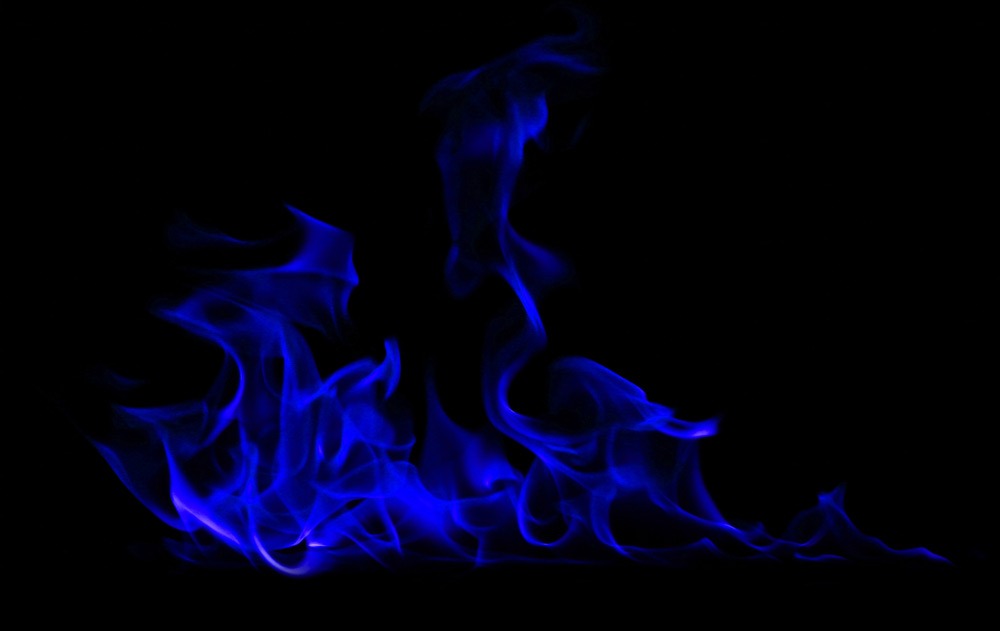
Carbon Monoxide (CO) is an odorless, colorless, invisible, heavy gas that can kill. CO detectors can help alert you, but even a flawless furnace can belch out CO if your HVAC technician does not ensure proper sealing.
Biologicals
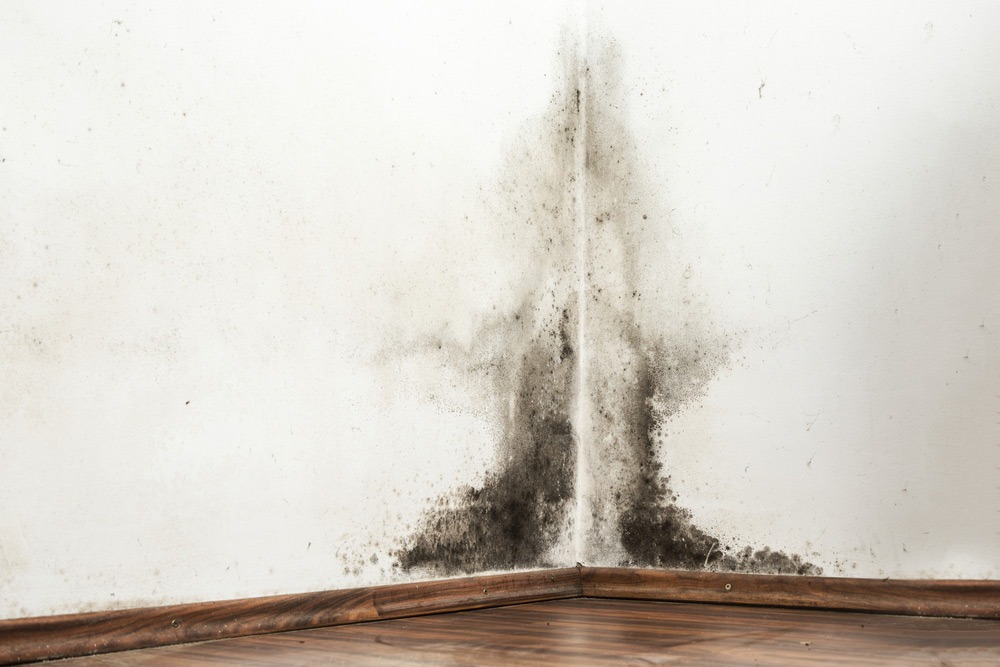
Insect parts are only one type of biological air pollutant. The Environmental Protection Agency mentions a long list, including:
-
- Viruses
- Bacteria
- Molds
- Pet saliva and dander
- Dried rodent urine
- Mildew spores and hyphae
Where to Get an Indoor Air Pollution Test in Phoenix
Proper air filtration in your home’s HVAC system is the answer to biological contaminants.
Howard Air & Plumbing’s HVAC technicians can help Phoenix homeowners find relief from poor indoor air quality. Contact us today to have your home assessed for indoor air pollutants and learn about our steps to remove them.


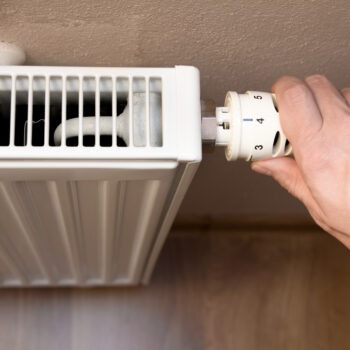
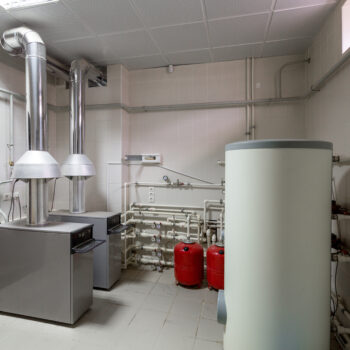














0 Comments